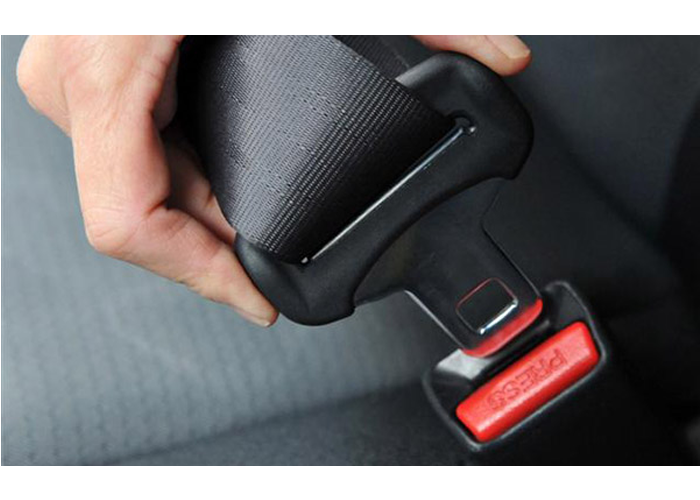




According to the National Highway Traffic Safety Administration, wearing a seat belt can decrease your chance of obtaining a fatal injury by up to 50 percent Seat belts serve the purpose of protecting and securing drivers & Condactor in a moving vehicle; without the use of this safety harness, collisions or sudden stops can result in drivers & condactor hitting against steering wheels, dashboards:
So considering all above reasons, it is necessary for all drivers & condactors and other staff of WASEEM AFRIDI ENTERPRISES who are using company vehicle, must wear seat belt.